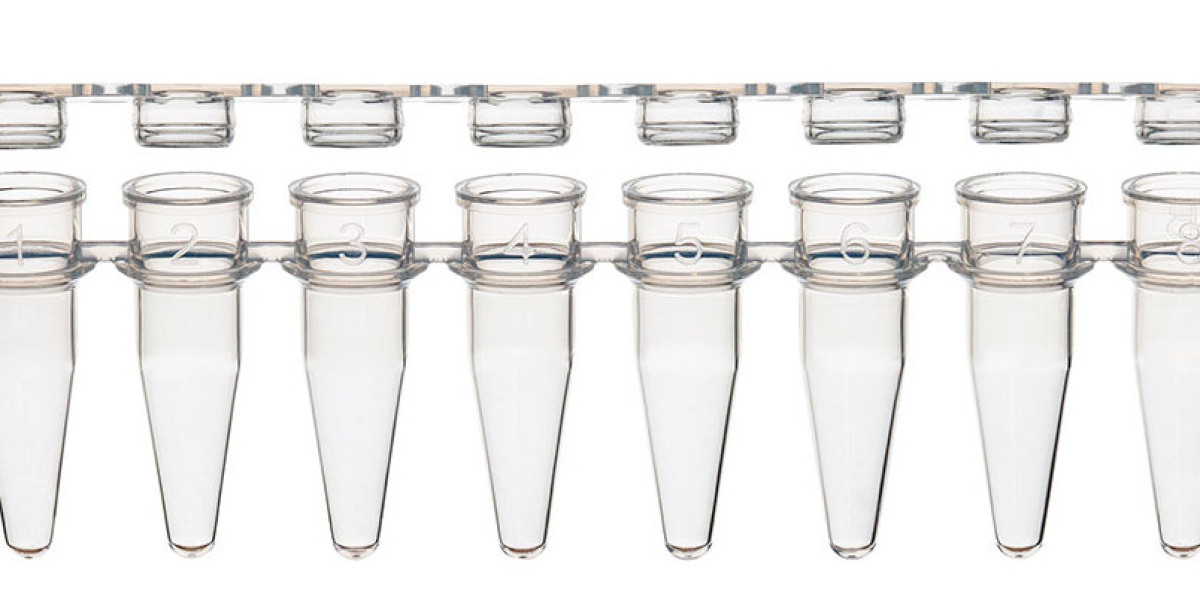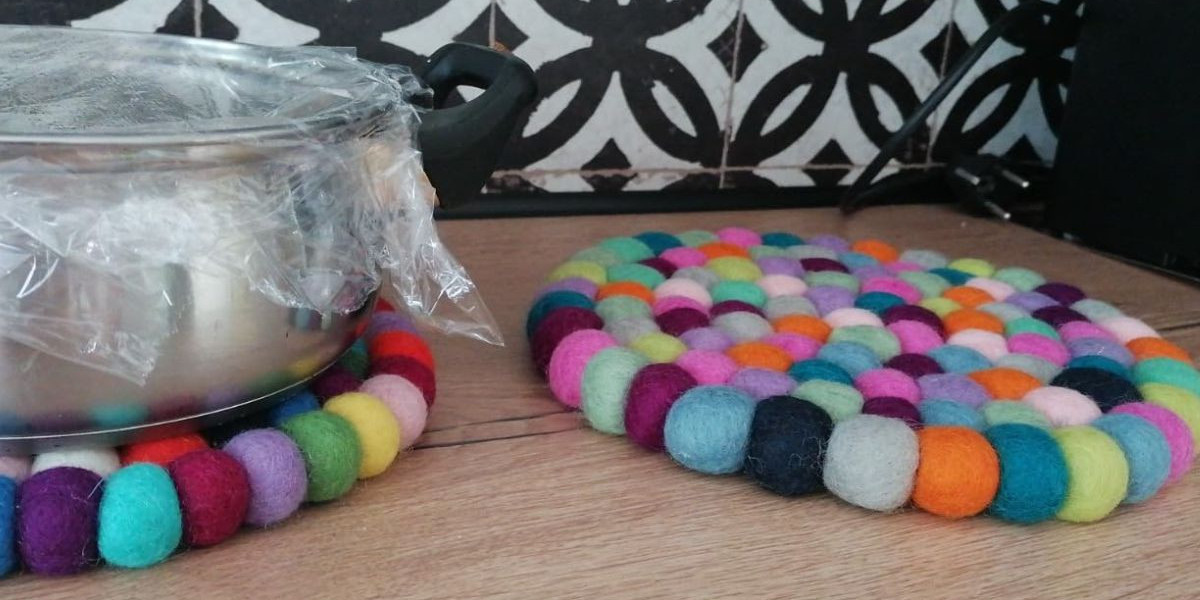PCR Plates and PCR Tubes: How to Choose?
Suzhou Ace Biomedical Technology Co., Ltd. is a well-known enterprise specializing in the production of high-quality laboratory consumables. Our offering includes PCR plates and tubes that assist scientists in the field of molecular biology with genetic research and testing. Both PCR plates and tubes have advantages and disadvantages, and the choice of both depends on the specific experimental requirements.
PCR plates are, 96, 384, or 1536 well plates used for nucleic acid amplification, usually by polymerase chain reaction (PCR). They have greater capacity, which is essential when scientists need to test hundreds or thousands of samples simultaneously. Their well format is standardized, which results in consistent sample formation within each well. The rigidity of the PCR plates means they can be used in robotic systems without deformation.
In addition, PCR plates are compatible with a variety of instruments, including thermal cyclers, fluorescence readers, and PCR sequencers. They also come in a variety of colors, which helps researchers keep track of their work. Different PCR plate brands use different materials, and the quality of the plates is also uneven.
PCR tubes are cylindrical, similar to eppendorf tubes, and usually contain PCR buffer solution and template DNA. Test tubes are often used in PCR because they require fewer reagents than PCR plates. This makes them a good choice when testing small samples or small sample sizes. PCR tubes are often compatible with traditional block thermal cyclers, which makes them more affordable than plates.
PCR tubes have some disadvantages, especially compared to PCR plates. Compared to PCR plates, they are easier to mix without unnecessary evaporation. Their size is limited to a single reaction, which means that the sample capacity is lower than that of a PCR plate. Furthermore, they are not suitable for robotic systems, which limits their use in high-throughput applications.
how to choose?
When selecting PCR plates and tubes, consider the specific requirements of your experiment. PCR plates are ideal for high-throughput sample testing and high sample volumes. Standard well format ensures consistent results across the plate. They are also compatible with a wide range of instruments and their rigid design allows for use with robotic systems.
On the other hand, PCR tubes are better suited for testing small or limited sample volumes. They are more affordable, and their compatibility with traditional modular thermal cyclers makes them accessible to most researchers. Both PCR plates and tubes have their advantages and disadvantages, and the decision comes down to testing requirements, budget, and convenience for the researcher.
in conclusion
Suzhou Ace Biomedical Technology Co.,Ltd provides high quality PCR plates and tubes for scientists to use in their research. PCR plates are suitable for high-throughput applications, while PCR tubes are better for testing small quantities of samples. Choosing between PCR plates and tubes depends on specific experimental requirements, budget, and researcher convenience. Whatever the decision, PCR plates and tubes provide a reliable solution for genetic testing and research.



